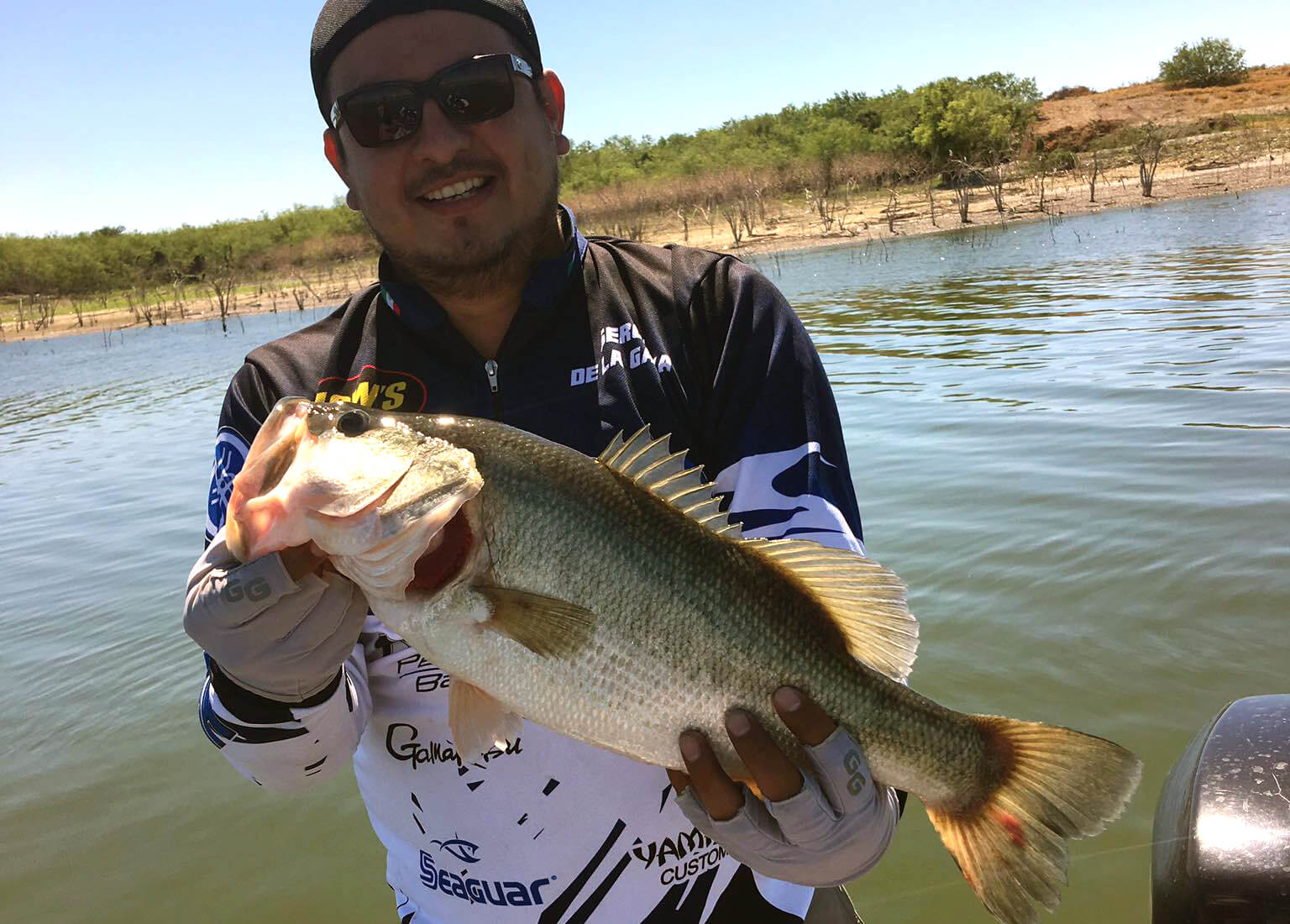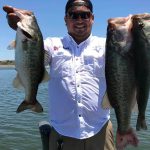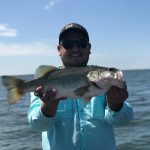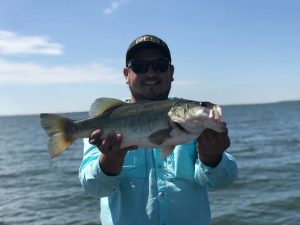
There are some anglers whose preparation can be summed up like this: buy some equipment, turn up to fish! Some people love to fish Bass just to pass the time, and for them, just going through the motions is enough for a great trip.
For others, preparation goes a lot deeper. To be prepared, you must understand Bass behavior, how they are affected by the weather and by the temperature of the water. You need to learn to choose from different baits and lures, so you can narrow down what causes Bass to finally strike.
If you like to be prepared, you’ll appreciate this advice from people who have lived their lives fishing around these very lakes. Below are some of the best Bass fishing tips you can take with you on your next Bass fishing excursion.
How Bass Behave & Why they Strike
Successful Bass fishing depends a lot on understanding Bass Behavior.
It’s a lot like big game hunting. You wouldn’t go big cat hunting in Africa without having some idea of what to expect from your intended target! No, you would need to know the best time to approach, the best places to find him, the best equipment to hunt him with, and so on.
While you don’t have to worry about Bass eating you when they see through your tricks, it is still always frustrating to see them get away. If you understand how your prey behaves, you’ll feel that frustration a lot less often. That makes for a much better trip.
Why Bass Strike
There are a number of Bass behaviors that cause a bite, including:
Reflex Actions: Just like humans, Bass can be startled into reflex actions. Biting is a reflex that anglers can encourage if they’re skilled.
Anger: Bass have a temper, and they can become agitated enough to bite at your bait out of aggression. However, it can be difficult to incite Bass without just driving them out of the nearby area.
Protective/ Territorial Instinct: A female Bass will strike to defend her nest. This impulse is often not worth exploiting because females don’t spend much of their lives nesting.
Curiosity: Sometimes curiosity gets the better of us; human, cat and Bass alike. Knowing what will interest a fish is often more guesswork than science, however. Good luck trying, though.
Competition: Food may not always be in large supply, and a large Bass population may fight over what food there is, often causing them to bite with less caution. It can be easier getting a bite under these circumstances, but since we don’t control either the Bass population or the food source, there is no guarantee.
Feeding: As with most predatory species, you can take for granted that Bass will strike when they are hungry and when they need to feed. Because Bass like to hunt at particular times of day, this is the best and most predictable behavior to leverage in your Bass fishing efforts.
Environmental Conditions
There are a number of environmental factors that affect the behavior of Bass, including:
Weather Conditions.
Water Temperature.
Weather and temperature are typically season driven, so you must approach Bass fishing differently in Spring than you do in Summer or Fall. Bass typically prefer water over 68F. Anything below that slows down their metabolism, causing the fish to be a lot less active.
Between 68F and 78F, you will often find Bass moving into shallow waters, hunting for food and on the prowl.
During the Spring months, the water gets warm enough to tempt the Bass into the shallows looking for food. Anglers often anchor boats further out into the water and fish back into the grasses in the shallows during Spring.
During Summer, the opposite approach works best. Anchor your boat in shallow waters and fish out into the deeper water. You can find Bass deep against underwater structures where the water is deeper and cooler.
As Autumn approaches, the water begins to cool again and we see the Bass returning to the shallow waters again. This time, they’ll be hunting more aggressively to prepare for the long winter ahead. This is a great time to catch Bass as they feed more voraciously.
Understanding your prey is often the key to success in any hunting situation – be it big game, deer and elk, or fishing for Bass. Understanding Bass behavior helps you to fish with confidence, and prepare appropriately for the conditions you expect while you are out there.
Bass Eat what they Know
Bass feed on a wide variety of creatures including other small fish, worms, snakes, bugs, frogs and crayfish. Understanding what food the Bass are eating (and what times of day that prey is active) at your fishing spot will help you choose the perfect bait. The closer your bait is to the food in the water, the more likely you are to tempt the Bass with something they recognize.
You should match your lures to the color of the native Bass prey. Use your judgement if the water is murky or otherwise stained, because you may need to use a bright or sparkling lure to draw the fish out.
Water Temperature
Fish are cold blooded and are affected by the temperature of the water they reside in. Knowing the best times of day and the warmest parts of the lake can help you to determine the best spots, even as they change throughout the year. You can learn more about this by reading our helpful resource page: Bass Fishing Environmental Factors.
Cover
Bass are predators. They crave cover that allows them to ambush their intended prey without being spotted. Fish for Bass where there is enough cover for them to hide in. Grasses under the water, fallen tree branches, and even fishing docks are great places to find Bass lurking.
Underwater Plant-life
Plants produce essential oxygen which sustains many small underwater life forms—including the small fish and frogs that Bass love to eat! Where there is active plant-life underwater, there will be food, and Bass eager to bite.
Clear Water
When you fish in very clear water, the Bass you are hunting will rely primarily on their sight. One of the things they can easily spot is the angler above the water in his brightly colored clothes, waving his line back and forth and looking like a big, active predator.
You need to make your lure move a lot faster when you’re in clear water. This will reduce the chance that the fish recognize it as a fake. Wear clothing that won’t cause you to stand out above the water if you want the Bass to become curious enough to approach the bait.
Murky Water
Sight becomes impractical in murky waters, but luckily, Bass can use their lateral lines to detect prey through motion in the water. In murky water, it makes sense to use a more brightly colored lure to help the Bass see what it’s hunting.
Crankbaits and spinners can help in murky water by reflecting more light and making sounds that the Bass can detect more easily.





No comment yet, add your voice below!